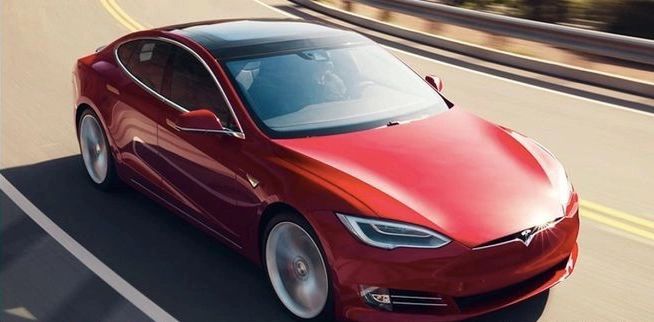we’ll then, seems we need to enable auto update software
we pull CAC through a separate interface, so this is a welcome improvement to SMT
btw: nice balance! the CAC on that is well within 99 percentile.
Last edited:
You can install our site as a web app on your iOS device by utilizing the Add to Home Screen feature in Safari. Please see this thread for more details on this.
Note: This feature may not be available in some browsers.
Second @kirkusss, my SMT app calculates/reports what seem to be valid CAC values. So no, not referring solely to voltages and SoC values. See photos posted above by them in this thread and the other CAC thread I started referenced by @EvDart. It would be very odd that if those aren’t real CAC values that right at 20% imbalance per SMT the error on my car appeared.
I realize CAC is a calculated, and therefore at best, well-estimated value, but that’s implied by the term Calculated Amp-hour Capacity, and I assume SMT is doing it’s calculation very similarly if not identically to how Tesla calculates it. Or perhaps it’s a value calculated and then reported by the BMS itself?
Interestingly, an android user noted not having this CAC info, so maybe only iOS SMT reports this data? That would seem odd since it’s primarily an Android app with more limited iOS support.
In not looking for a replacement @ this time, just would like T support to acknowledge my battery is degrading too quick & they will address it when it degrades > 30%. If they cant acknowledge my battery issue now, they prob wont acknowledge a battery issue >30%.Seems more likely to me >20% is the threshold for the BMS alert, and that’s the magic sauce for a replacement.
I think you meant “nice CAC!”btw: nice balance!
Is there a specific way to see the CAC values? I have the most updated version of SMT and cannot find the CAC numbers anywhere???
Not appearing for me. So your screenshot was from the iOS version?It’s under the Battery tab, but being a calculated value it takes few minutes to appear.
Will check on Android in a bit to see if it’s being displayed.
awesome
<installs iOS version>
small nit - min/max/avg CAC can be reported to one decimal place.
big nit - full CAC by brick would help a LOT of people understand battery health. better than voltage by brick would. that said, the Min-to-Avg CAC delta is a VERY decent proxy of pack health. if it’s much more than 3 you start getting into a grey area, even more so if the Avg-to-Max CAC delta is around 1… that’s why displaying min/max/average to own decimal place comes in really handy.
Do you have the formula for calculating those CAC values if they are not given in SMT? I have an older car and am watching it closely since my warranty is up soon.Unofficial word from my Tesla service tech was that for older batteries (those without the 70% range guarantee) that a brick imbalance of 20% is one means of being considered defective. I'd been spatting with them for a few months now over rapid degradation (20-25 miles - about 10% - range loss over 6 months). They had told me the car had a Calculated Amp-Hour Capacity (CAC) imbalance that was significant and worsening but didn't meet criteria for replacement. I was at about 16% imbalance when I first had concerns, and it progressed to 17.5% a couple months later. 20% was the threshold apparently. I kept an eye on the CACs using Scan My Tesla and recently reached 20% imbalance based on: (CACmax - CACmin) / CACmax.
Unclear if coincidence or actual hard stop for the BMS, but very shortly (within a week) after I reached the 20% imbalance, the car threw a BMS_u018 error. Scheduled a service visit and sure enough, I'm getting a replacement battery under warranty!
So it's unclear if simply reaching a 20% CAC imbalance and raising your concern to the SC would result in a battery replacement without a BMS error, but perhaps something to monitor for those of us with older MS 85s or 90s. It's at least one argument to present in your toolkit for replacement if still under warranty.
Can’t be calculated from other values in SMT. Sounds like only the iOS version gives them out. Not sure if other ways to get that data, but it’s a value calculated and reported by the BMS directly it seems.Do you have the formula for calculating those CAC values if they are not given in SMT? I have an older car and am watching it closely since my warranty is up soon.



